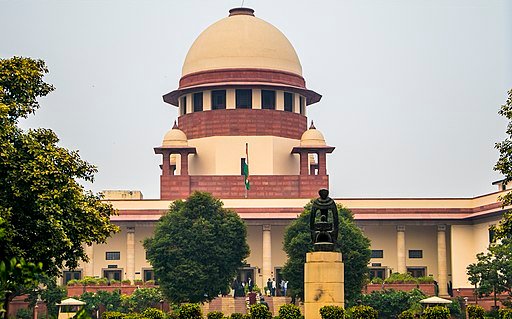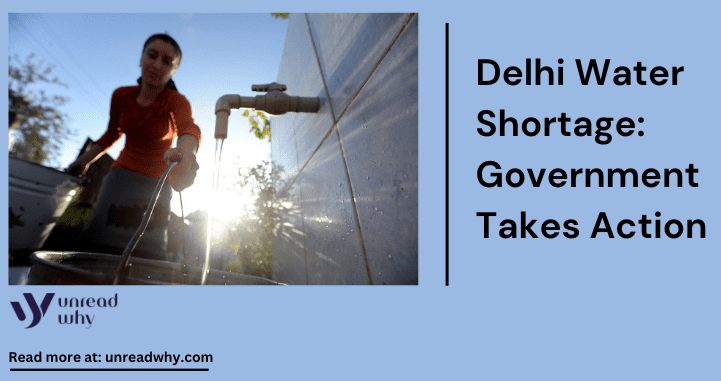Rise In Temperature Leading to Delhi Water Shortage
The capital of India, Delhi has been struggling with water shortage yet again with the rising temperatures in the country. The city is the most populous in the world after Tokyo with an amusing count of 33.8 million lives. Recently, the city has reported the highest temperature rise to 52.9 degrees Celsius, which has increased the water demand like the previous summers in Delhi. The most affected ones are the slum-dwellers who are solely dependent on hoses and pipes of water tanks for just surviving, let alone quenching their thirst.
In order to avoid heat strokes, people are drinking more and more water which has led to the current Delhi water shortage. Every year, the water table has been observed to fall in Delhi, but this year, it has affected the whole governance of the state, forcing the government to take action to mitigate Delhi’s water shortage.
Delhi’s water sources
Delhi is highly dependent on neighbouring states such as Uttarakhand, Himachal Pradesh, Uttar Pradesh, Haryana and Punjab to meet the drinking water demand of 33 million people. The primary sources are basically from Yamuna through Haryana (40%), Ganga (25%), Bhakra Nangal Dam (22%), and Ranney wells and Tube-wells (13%), as per Delhi Jal Board.
After sourcing, the raw water is treated by nine different water treatment plants, which are distributed through pipelines that are almost 15 thousand km long as well as through underground reservoirs.
Government Acts to Mitigate Delhi Water Shortage.
A report by the Delhi Jal Board shared that production of water from 21st May to 31st May fluctuated from 977.79 million to 993.76 million gallons each day, which has fallen short sufficiently as the need is 1290 MGF per day.
Due to the Delhi water shortage issue, the government has resorted to taking action through a plea to the Supreme Court to ask Haryana to release more water. The main narrative of the plea on 31st May has been for Haryana to release more water through the Wazirabad barrage immediately. It also asks the Himachal Pradesh government to release surplus water to the nation’s capital.

On the plea, the Supreme Court proposed an emergency meeting with the Upper Yamuna River Board to convene on 5th June to mitigate the acute problem of water shortage in Delhi.
Primary Reasons for Delhi Water Shortage
- Rapidly rising population has been one of the main factors leading to the water shortage issue in Delhi. As per the UN, the lack of awareness in the slums has led the state to face an extensive rise in population along with mortality rates, which has led to the increasing water demand.
- Groundwater levels have also been decreasing in Delhi due to rampant and unsystematic over-extraction of groundwater, leading to the water shortage problem. It has led to the borewells getting dry, giving rise to Delhi’s water shortage.
- Contamination of the water sources has also led to the current issue of Delhi’s water shortage, which has not only affected the lives of the people recently but also threatened the future sustenance of the generations to come. Yamuna, which is the primary source of water in Delhi, is now highly contaminated with byproduct chemicals from industrial and natural wastes, which is deemed completely unfit for usage.
- Global warming has led to erratic climate changes, delayed monsoons and, extended summers, and droughts. Rising temperatures have decreased the rate of recharge of the groundwater reservoirs and led to ineffective water management. It has been reported that 40% problem of Delhi water shortage has been due to leakage in the distribution system.
UN’s Response to Water Shortage
As per the UN World Water Development Report 2024, several actions have been suggested to be undertaken to conserve water to avoid further water shortage globally. These can also be applied to be relieved from Delhi water shortage situation.
- Water conservation campaigns for learning preservation
- Reduction of deforestation to support proper rainfall
- Avoiding disposal of chemicals in waterbodies for water sustenance
- Decreasing air pollution to reduce global warming
- Decreased use of plastics and non-biodegradable materials
- Proper water governance and management to secure adequate water distribution
- Transformation of agricultural water management


